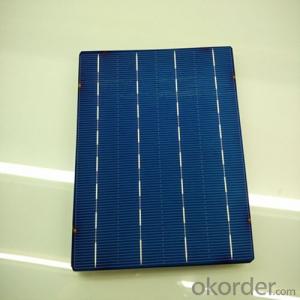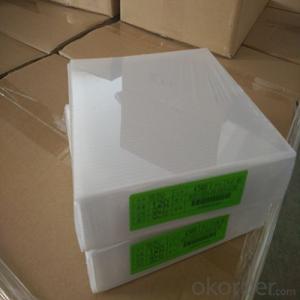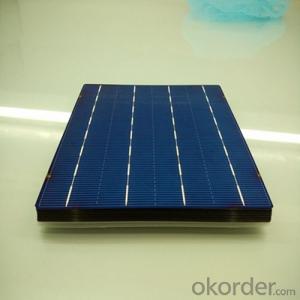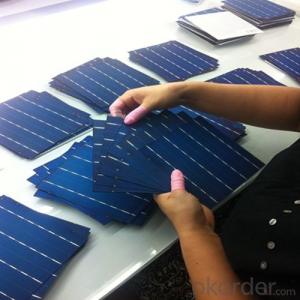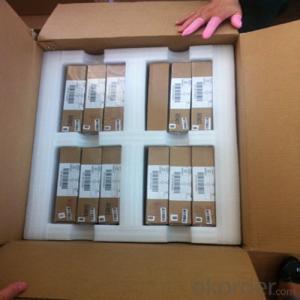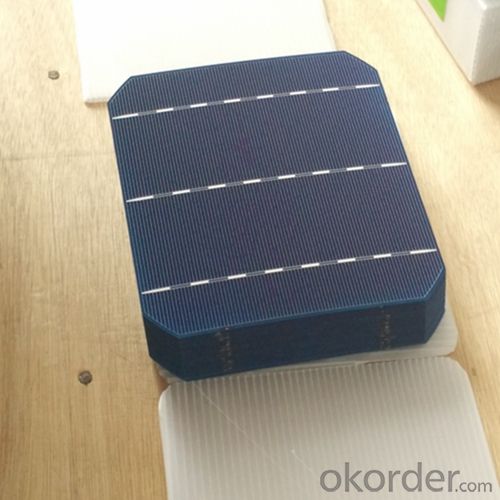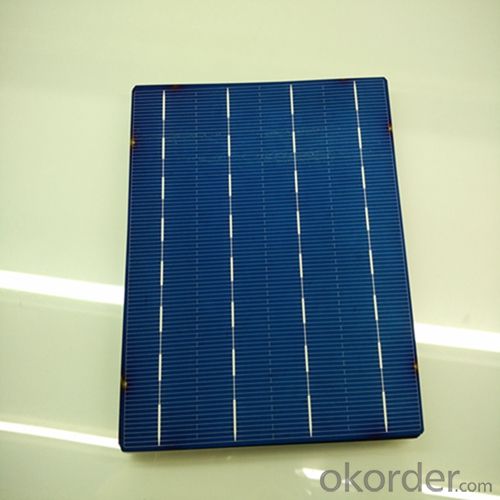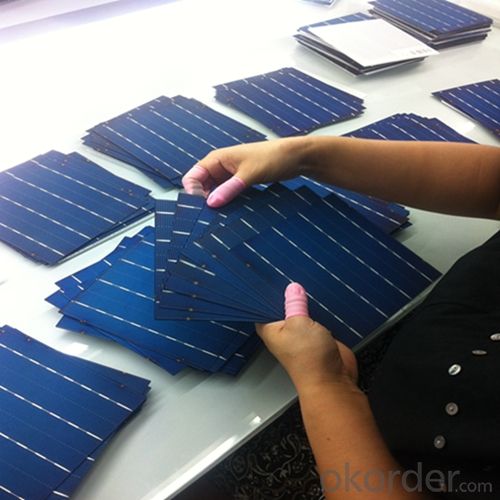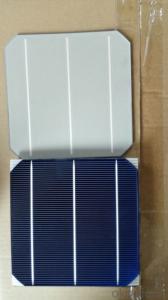Martin Green Solar Cells - Poly 156x156mm2 Solar Cells Made
- Loading Port:
- Shanghai
- Payment Terms:
- TT OR LC
- Min Order Qty:
- 6000 watt
- Supply Capability:
- 650000 watt/month
OKorder Service Pledge
OKorder Financial Service
You Might Also Like
Benefits of Solar Power:
Now is a great time to go solar and harvest the power of the sun. Here is our top ten list of the benefits to installing solar power:
When installed, solar energy is free – no resources are consumed
Help to lessen our dependence on heavily polluting coal power stations
Fossil fuels can't last forever, future generations will appreciate the effort
Characteristic of Mono 156X156MM2 Solar Cells
You are gaining energy independence - add battery backup power for even greater energy security
The cost of electricity is only going to rise – insure against that rising cost
Quality solar power and water adds value and appeal to your home
Specifications of Mono 156X156MM2 Solar Cells
Solar PV systems are easily upgraded in future - aim to make your house a net energy producer!
Solar panels offer a long lifetime of low maintenance service, maybe 30-40 years
Your friends will think you're great!
You'll feel great for doing your bit for the environment!
Mechanical data and design
Format | 156mm x 156mm±0.5mm |
Thickness | 210μm±40μm |
Front(-) | 1.5mm bus bar (silver),blue anti-reflection coating (silicon nitride) |
Back (+) | 2.5mm wide soldering pads (sliver) back surface field (aluminium) |
Temperature Coefficient of Cells
Voc. Temp.coef.%/K | -0.35% |
Isc. Temp.coef .%/K | +0.024%/K |
Pm.Temp.coef. %/K | -0.47%/K |
Electrical Characteristic
Effiency(%) | Pmpp(W) | Umpp(V) | Impp(A) | Uoc(V) | Isc(A) | FF(%) |
18.35 | 4.384 | 0.526 | 8.333 | 0.63 | 8.877 | 78.39% |
18.20 | 4.349 | 0.526 | 8.263 | 0.63 | 8.789 | 78.54% |
18.05 | 4.313 | 0.525 | 8.216 | 0.63 | 8.741 | 78.32% |
17.90 | 4.277 | 0.524 | 8.161 | 0.625 | 8.713 | 78.04% |
17.75 | 4.241 | 0.523 | 8.116 | 0.625 | 8.678 | 77.70% |
17.60 | 4.206 | 0.521 | 8.073 | 0.625 | 8.657 | 77.36% |
17.45 | 4.170 | 0.519 | 8.039 | 0.625 | 8.633 | 76.92% |
17.30 | 4.134 | 0.517 | 8.004 | 0.625 | 8.622 | 76.59% |
17.15 | 4.096 | 0.516 | 7.938 | 0.625 | 8.537 | 76.80% |
17.00 | 4.062 | 0.512 | 7.933 | 0.625 | 8.531 | 76.18% |
16.75 | 4.002 | 0.511 | 7.828 | 0.625 | 8.499 | 75.34% |
16.50 | 3.940 | 0.510 | 7.731 | 0.625 | 8.484 | 74.36% |
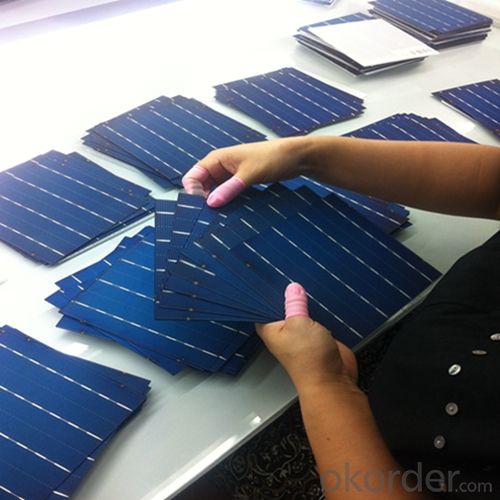

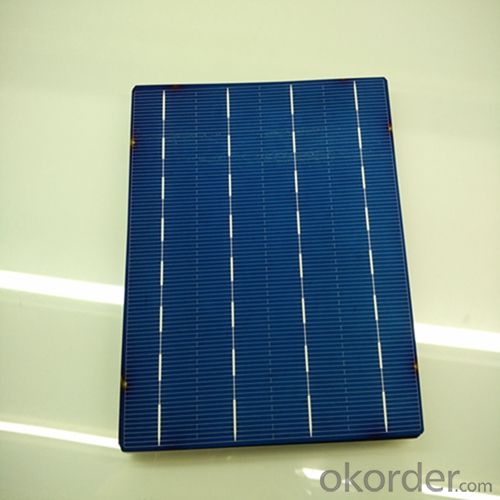
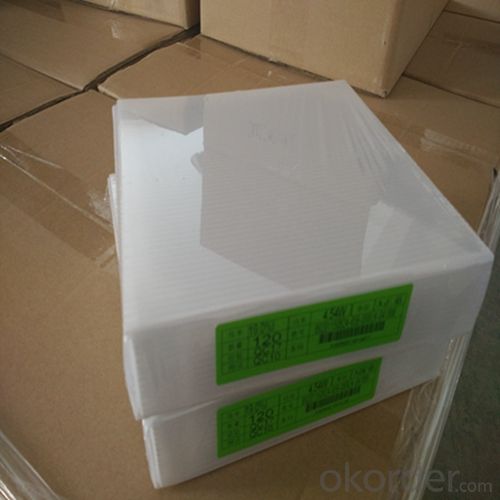

FAQ
Q: What price for each watt?
A: It depends on the quantity, delivery date and payment terms, generally Large Quantity and Low Price
Q: What is your size for each module? Can you tell me the Parameter of your module?
A: We have different series of panels in different output, both c-Si and a-Si. Please take the specification sheet for your reference.
Q: What is your size for each module? Can you tell me the Parameter of your module?
A: We have different series of panels in different output, both c-Si and a-Si. Please take the specification sheet for your reference.
- Q: How many years should I spend in the solar cell industry to be a good solar cells sales person?
- Since the solar cell industry and market is only developed in the last 20 years, 10 years in China probably. I have to say there might not be any solar cell sales in this industry has over 10 years sales experience.
- Q: How do solar cells perform in cloudy or overcast conditions?
- Solar cells are less efficient in cloudy or overcast conditions compared to sunny weather. This is because they rely on sunlight to generate electricity. However, solar cells can still produce some power in these conditions, although at a reduced rate.
- Q: What is the impact of algae growth on solar cell performance?
- The impact of algae growth on solar cell performance is generally negative. Algae growth can block sunlight from reaching the solar cells, reducing their efficiency and energy output. Additionally, algae can cause corrosion and damage to the surface of solar panels, further compromising their performance. Regular cleaning and maintenance are necessary to prevent algae buildup and ensure optimal solar cell performance.
- Q: What do the solar cell suppliers provide once we purchase the order from the solar cells from them.
- There is a technical term called turnkey project, which is somehow the solar cell suppliers will provide more than selling the solar cells to you.
- Q: Can solar cells be used in residential communities?
- Yes, solar cells can be used in residential communities. In fact, they are increasingly being adopted by homeowners and communities as a sustainable and cost-effective energy source. Solar panels installed on rooftops or in shared spaces can generate electricity by converting sunlight into usable energy, helping to reduce reliance on traditional power grids and lowering electricity bills.
- Q: What is the effect of pollution on solar cell performance?
- The effect of pollution on solar cell performance is negative. Pollution, such as dust, smog, and air pollutants, can accumulate on the surface of solar panels, reducing their ability to absorb sunlight and convert it into electricity. This build-up of pollution creates a barrier between the sun and the solar cells, resulting in a decrease in their overall efficiency and power output. Regular cleaning and maintenance of solar panels are necessary to minimize the impact of pollution and ensure optimal performance.
- Q: Does solar cell cost less than the other power generation technology?
- It saves incredible cost because it is an infinite supply of energy.
- Q: Is a solar cell expensive to make?
- If you just want to make one solar cell for fun, it's not expensive.
- Q: Can solar cells be used for powering outdoor signage?
- Yes, solar cells can be used for powering outdoor signage. Solar cells convert sunlight into electricity, providing a sustainable and renewable energy source for outdoor signage systems. This eliminates the need for grid-connected electricity, reduces operational costs, and reduces the environmental impact.
- Q: Can solar cells be installed on vehicles?
- Yes, solar cells can be installed on vehicles. In fact, many electric and hybrid vehicles are equipped with solar panels on their roofs or hoods to harness solar energy and supplement their power source. These solar cells help to charge the vehicle's battery and increase its overall efficiency, reducing the reliance on traditional charging methods and improving sustainability.
Send your message to us
Martin Green Solar Cells - Poly 156x156mm2 Solar Cells Made
- Loading Port:
- Shanghai
- Payment Terms:
- TT OR LC
- Min Order Qty:
- 6000 watt
- Supply Capability:
- 650000 watt/month
OKorder Service Pledge
OKorder Financial Service
Similar products
Hot products
Hot Searches
Related keywords

